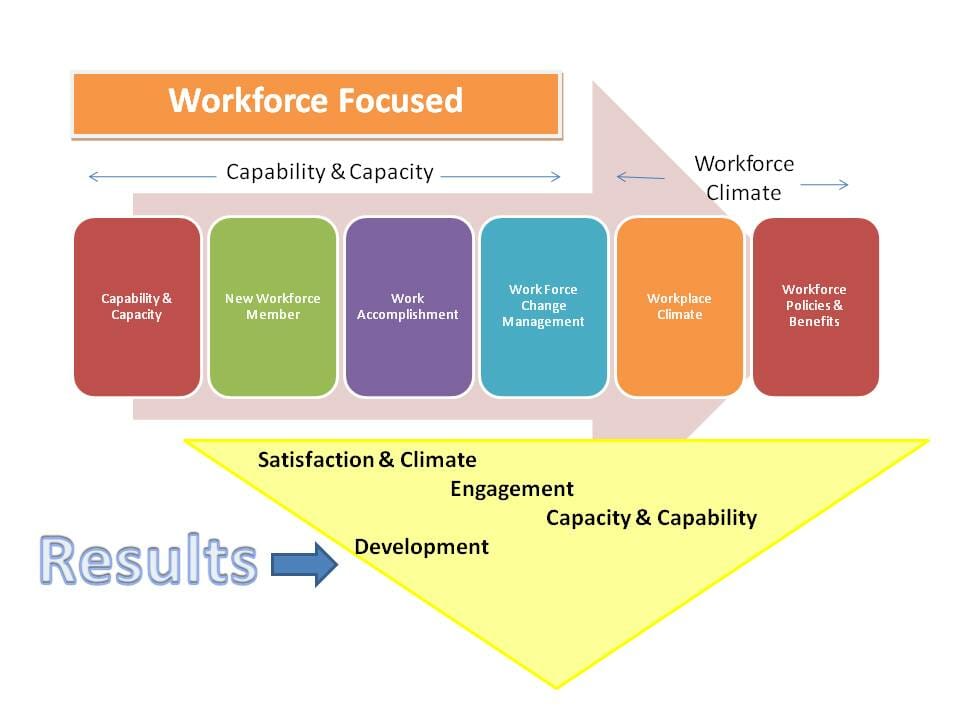

Skills are critical because they address core business challenges, with the competencies needed in a workforce to overcome those challenges.

Gartner says, "To build the workforce you'll need post-pandemic, focus less on roles – which group unrelated skills – than on the skills needed to drive the organization's competitive advantage and the workflows that fuel this advantage." Less focus on roles, more focus on skills These processes are sure to play an increasingly big part in the day-to-day lives of workers as we move through 2022. A challenge here that companies will come up against in 2022 is finding ways to do this that hit objectives without being overly intrusive or invasive of employees’ privacy and personal lives.Įnsuring a workforce is healthy enough to keep a business running is clearly a critical element of resilience, but it also covers the implementation of processes that are more flexible, with built-in redundancies to provide cover when disaster strikes, resulting in operational efficiency becoming compromised. Many are now trying to take more responsibility for helping their workforce maintain physical, mental, and financial wellbeing. This certainly encompasses another sub-trend, which is that employers are coming to understand the critical importance of building employee healthcare and wellbeing (including mental health) strategies into their game plan. Whereas built-in redundancy or overlaps in skills might previously have been seen as inefficient, today, it's seen as a sensible precaution. Mid and post-pandemic, the emphasis has shifted firmly in the direction of resilience. Pre-pandemic, the priority was generally to have been to hire staff that would create efficient organizations. And in engineering and manufacturing roles, workers will increasingly have access to technology that helps them understand how machinery works and predict where breakdowns are likely to happen. Marketers have an ever-growing range of tools at their disposal to help them target campaigns and segment audiences. In retail, augmented analytics helps store managers with inventory planning and logistics and helps sales assistants predict what individual shoppers will be looking for when they walk through the door. Some examples include lawyers who will use technology that cuts down the amount of time spent reviewing case histories in order to find precedents, and doctors who will have computer vision capabilities to help them analyze medical records and scans to help them diagnose illness in patients.

Initially, this AI will primarily be used to automate repetitive elements of their day-to-day roles and allow workers to focus on areas that require a more human touch – creativity, imagination, high-level strategy, or emotional intelligence, for example. However, people working in many existing jobs will also find their roles changing, as they are increasingly expected to augment their own abilities with AI technology. The World Economic Forum predicts that AI and automation will lead to the creation of 97 million new jobs by 2025. A report recently commissioned by video messaging platform Loom found that 90% of employees surveyed – including workers and managers – are happier with the increased freedom they now have to work from home, suggesting that this is likely to be a trend that is here to stay as we move into 2022.


 0 kommentar(er)
0 kommentar(er)
